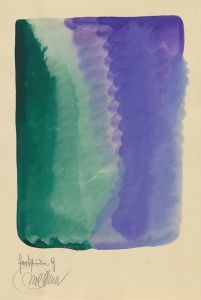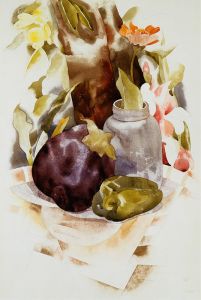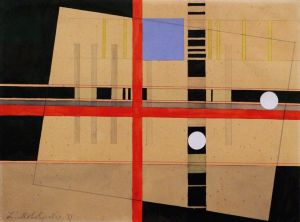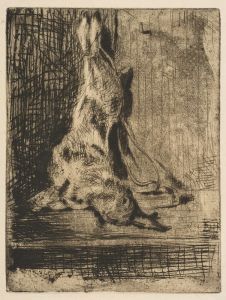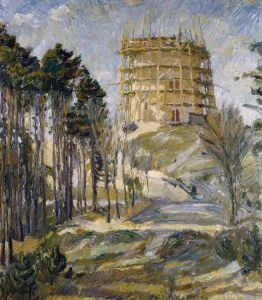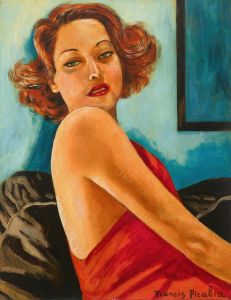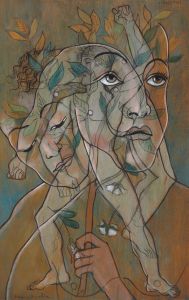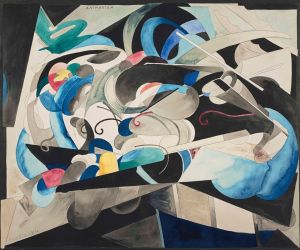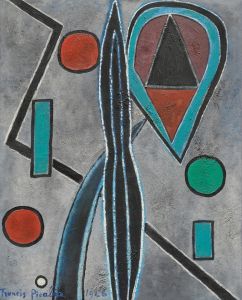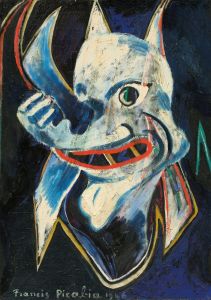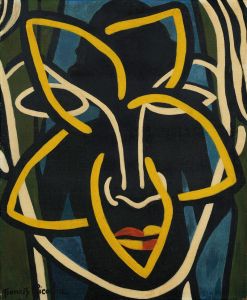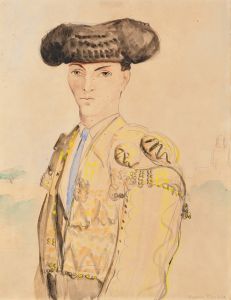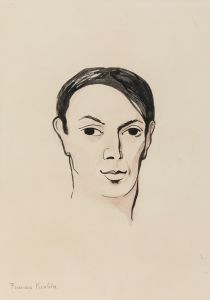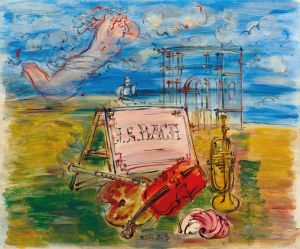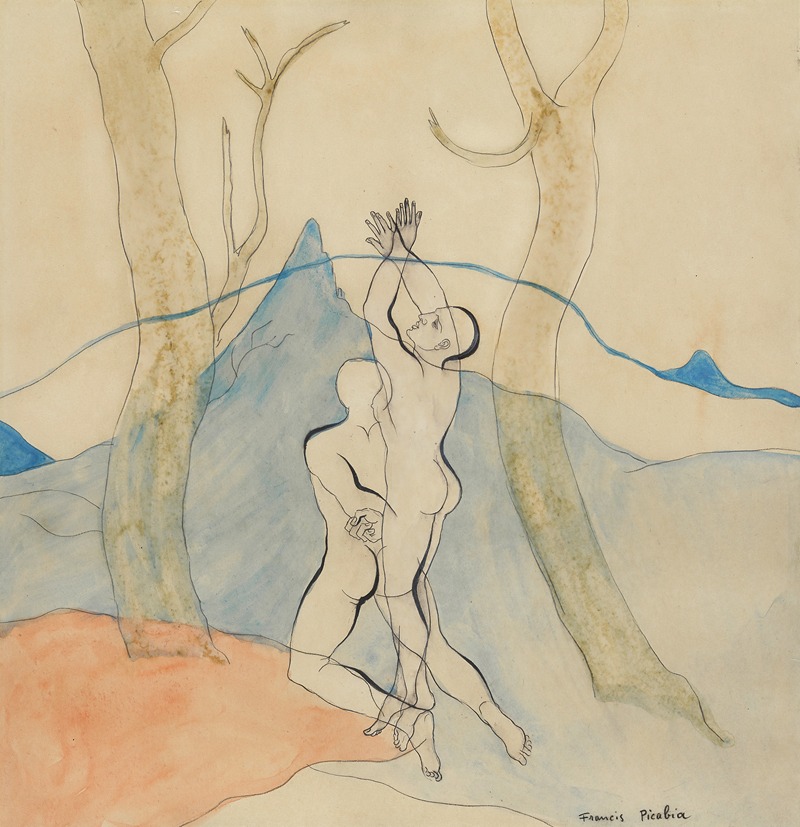
Paysage suisse
A hand-painted replica of Francis Picabia’s masterpiece Paysage suisse, meticulously crafted by professional artists to capture the true essence of the original. Each piece is created with museum-quality canvas and rare mineral pigments, carefully painted by experienced artists with delicate brushstrokes and rich, layered colors to perfectly recreate the texture of the original artwork. Unlike machine-printed reproductions, this hand-painted version brings the painting to life, infused with the artist’s emotions and skill in every stroke. Whether for personal collection or home decoration, it instantly elevates the artistic atmosphere of any space.
Francis Picabia was a French avant-garde painter, poet, and typographist, associated with a variety of art movements including Impressionism, Cubism, Abstract art, Dada, and Surrealism. He was known for his diverse and experimental approach to art, often challenging traditional boundaries and exploring new forms of expression. One of his works, "Paysage suisse," reflects his unique artistic vision.
"Paysage suisse," which translates to "Swiss Landscape," is a painting by Francis Picabia. Created during a period when Picabia was exploring different styles and techniques, this work is an example of his ability to blend various influences and create something distinct. While specific details about the painting's creation date or its current location might not be extensively documented, it is known that Picabia's work during this time was characterized by a departure from conventional representation.
Picabia's early career was influenced by Impressionism, but he soon became involved with the Cubist movement, which is evident in some of his works from the early 20th century. However, Picabia's restless creativity led him to become a central figure in the Dada movement, which emerged as a reaction to the horrors of World War I. Dada artists, including Picabia, sought to challenge the established norms of art and society, often using absurdity and irony as tools of critique.
"Paysage suisse" may reflect Picabia's interest in abstraction and his departure from traditional landscape painting. During the time he might have created this work, Picabia was known for his abstract compositions that often incorporated mechanical and geometric elements, reflecting his fascination with technology and modernity. His landscapes, if abstracted, would likely eschew realistic representation in favor of exploring form, color, and composition in innovative ways.
Picabia's work was often characterized by a playful and irreverent approach, and he frequently shifted styles throughout his career. This adaptability and willingness to experiment made him a key figure in the transition from traditional to modern art. His influence extended beyond painting, as he was also involved in writing and publishing, contributing to the spread of avant-garde ideas.
While specific information about "Paysage suisse" might be limited, it is important to view it within the broader context of Picabia's oeuvre. His work often defied categorization, and he was known for his ability to synthesize different artistic influences into a cohesive yet dynamic body of work. Picabia's legacy is one of innovation and boundary-pushing, and "Paysage suisse" is a testament to his enduring impact on the art world.
In summary, "Paysage suisse" by Francis Picabia is a reflection of the artist's diverse influences and his commitment to exploring new artistic territories. Although detailed information about the painting may be scarce, it remains an important piece within Picabia's extensive and varied career, showcasing his ability to transcend traditional artistic boundaries and contribute to the evolution of modern art.





